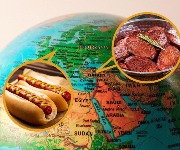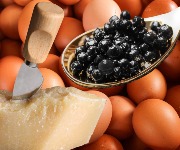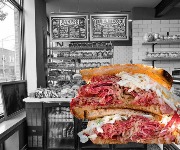An introduction to Sicilian food
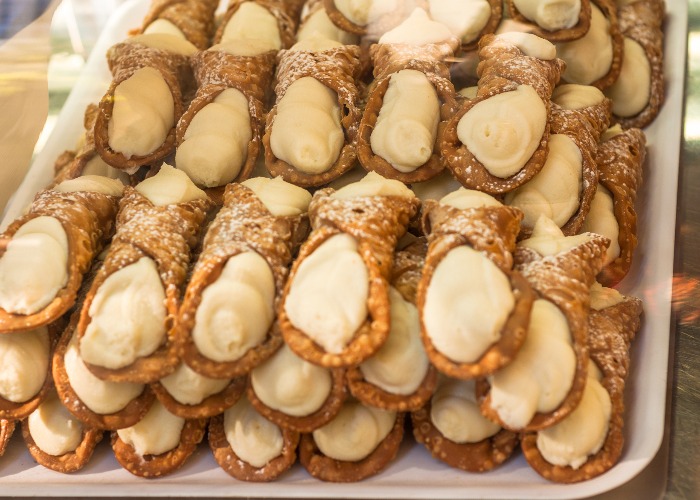
Sian Meades takes a trip to the island of Sicily and encounters deep-fried risotto balls, intricate pastries and offal sandwiches.
Perched next to southern Italy’s big toe, Sicily is Italian but also an island with its own identity – and its own incredible cuisine.
As with most countries, the island’s history has had a huge influence on its cuisine. Sicily’s position in the Mediterranean meant that it was key in several wars and territorial disputes.
Sicily was colonised by the Ancient Greeks and the Romans. The island has also seen a Spanish period, Norman period and a Byzantine period. Its culture has been influenced by Greek, Arabic, French and North African settlements. All these cultures have left their mark on modern-day Sicilian food.
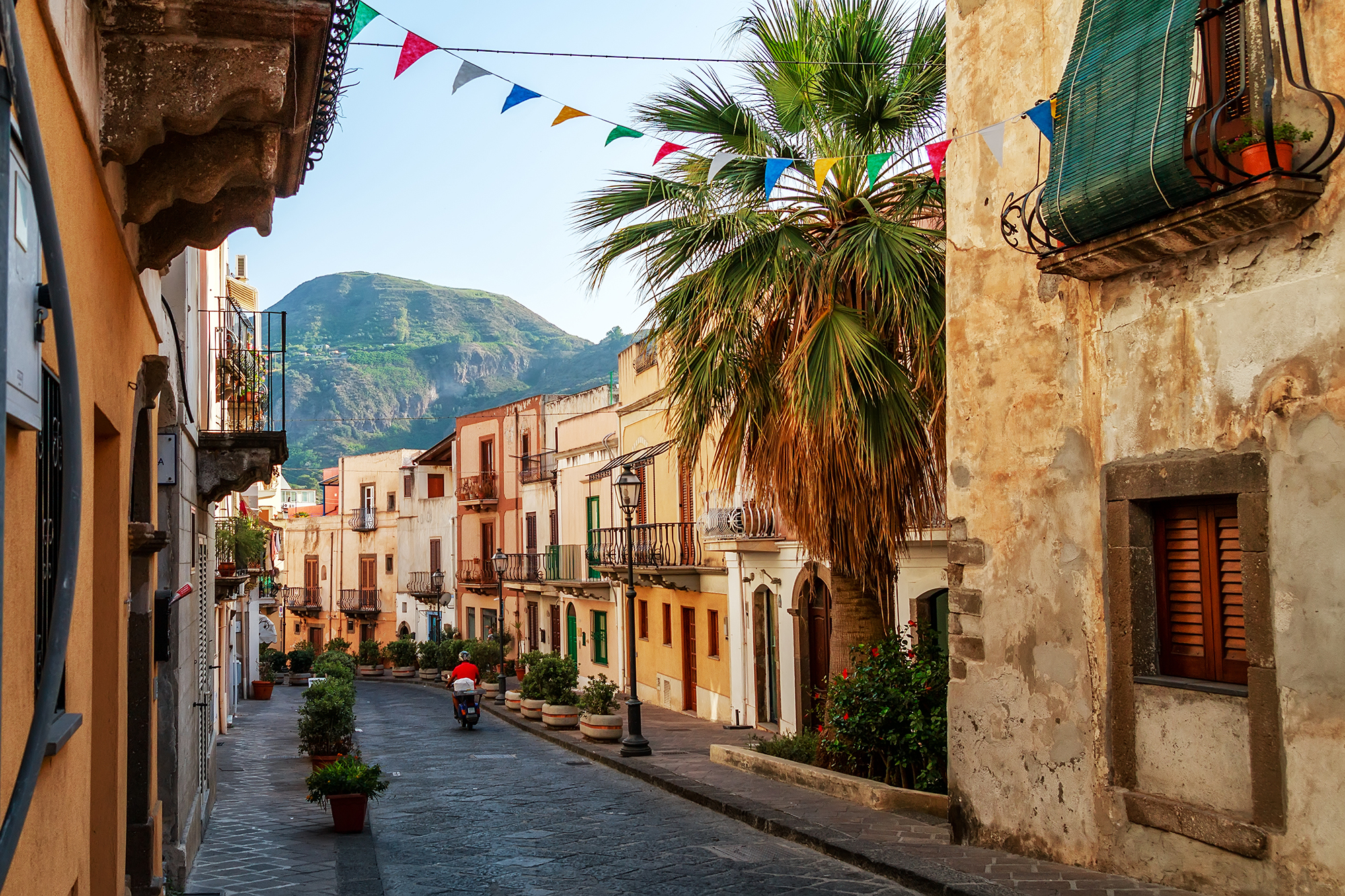 Solomakha/Shutterstock
Solomakha/Shutterstock
It’s not just pasta
Pasta plays a huge part in the Sicilian diet but rice, brought to Sicily by Arab conquerors, is just as important. Risotto and deep-fried arancini balls are just as common in trattorias as pasta dishes.
Polenta is also often on the menu and thanks to North African influences, you’re likely to eat a lot of cous cous. As for pizza, rather than the round base you’ll find in Italy, it’s more likely to be rectangular and have a slightly thicker crust than its Neapolitan counterpart.

Antonio Danna/Shutterstock
Other menu staples
It’s unlikely that you’ll eat a Sicilian meal that doesn’t feature sardines, aubergines or pistachios.
Aubergines, basil and tomatoes are the key ingredients in the Sicilian port city Catania’s famed pasta alla norma. Pasta con le sarde with sardines and anchovies is another much-loved dish. Pistachios are impossible to avoid: you’ll find them used in cream for croissants, stuffed into chicken and made into pesto.
When it comes to pistachio gelato, you want your ice cream to look slightly muddy. The bright green gelato might look more appealing but it’ll have colouring added and won’t taste as good.
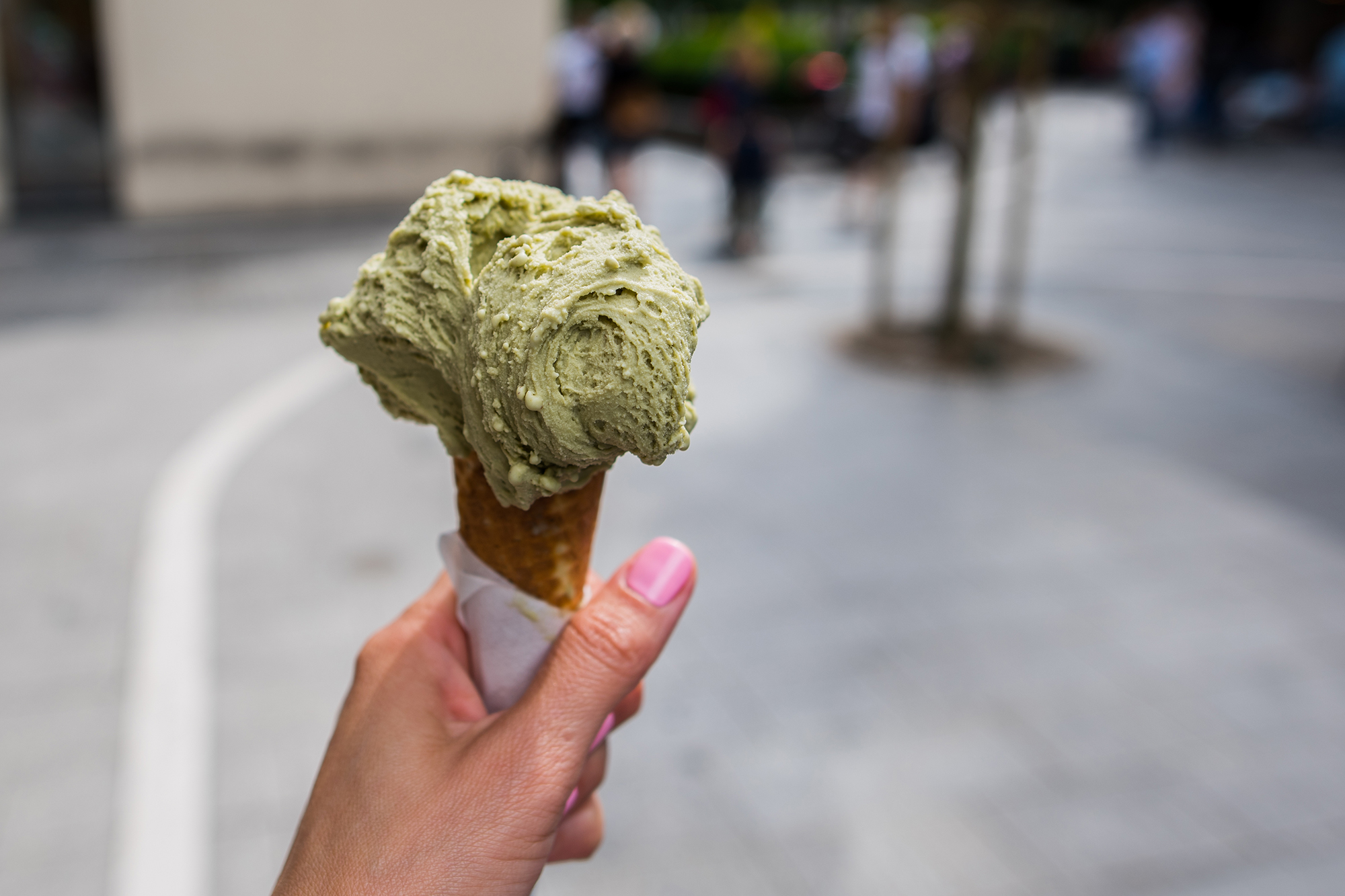
Danute Gudauskiene/Shutterstock
Unusual dishes
Fancy a sandwich made from veal’s lung and spleen simmered in lard? The pani ca meusa hails from the Sicilian capital of Palermo and while it may not sound instantly appetising, it’s a popular dish.
Horse meat is also popular on the island, particularly in Catania where it takes centre stage on the coals at the barbecue joints that spill out onto the streets.
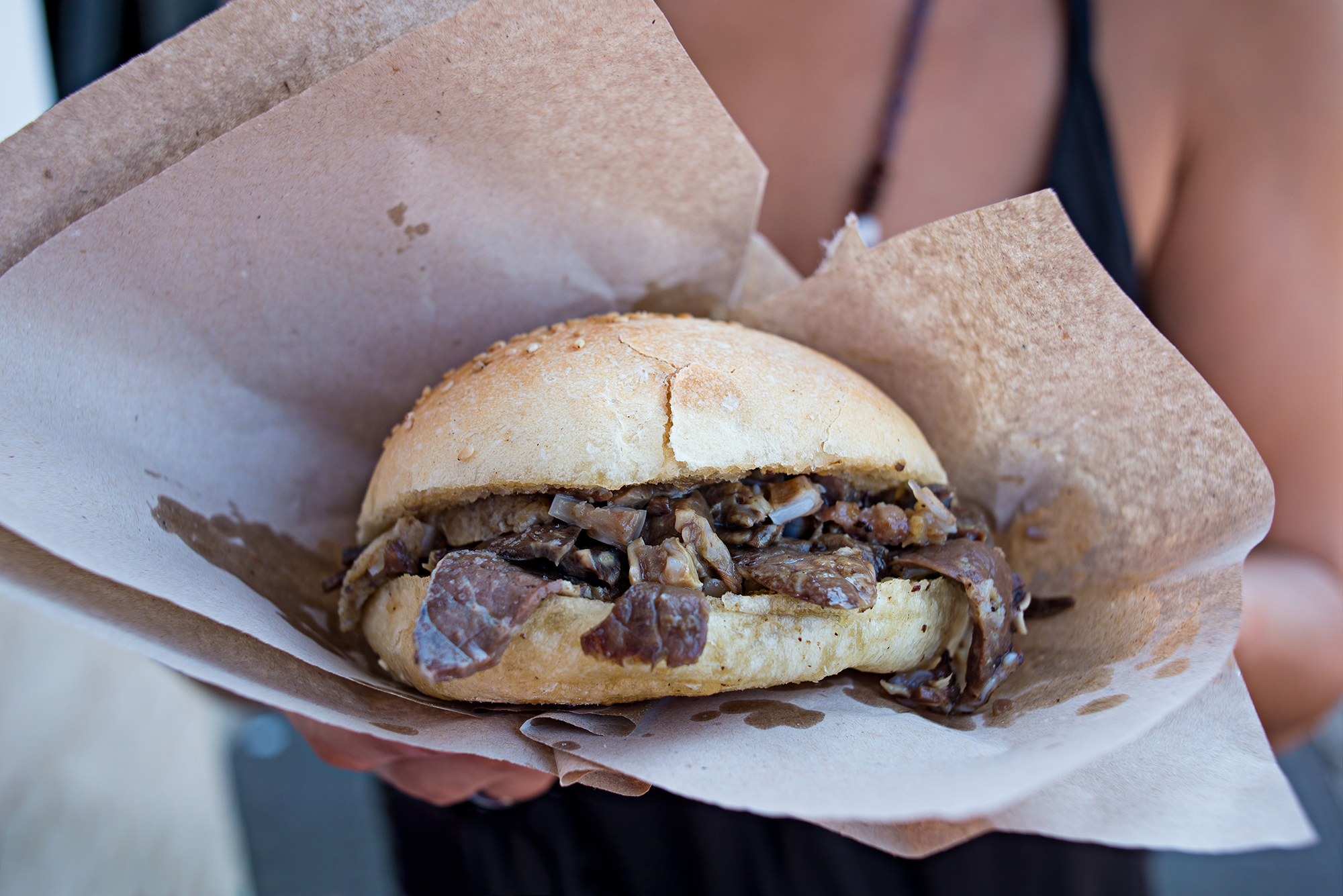
Alvaro German Vilela/Shutterstock
Time for something sweet
In towns and cities across Sicily, stalls sell cups of lemon and orange granita. It’s refreshing pick-me-up before dinner. You’ll also find blood oranges and almonds in abundance. The ingredients are often used in flourless cakes, using ground almonds in place of flour.
Sicily really excels in pastry. Keep an eye out for layered pastries called sfogliatella and cannoli, crisp and sweet ricotta-filled tubes.
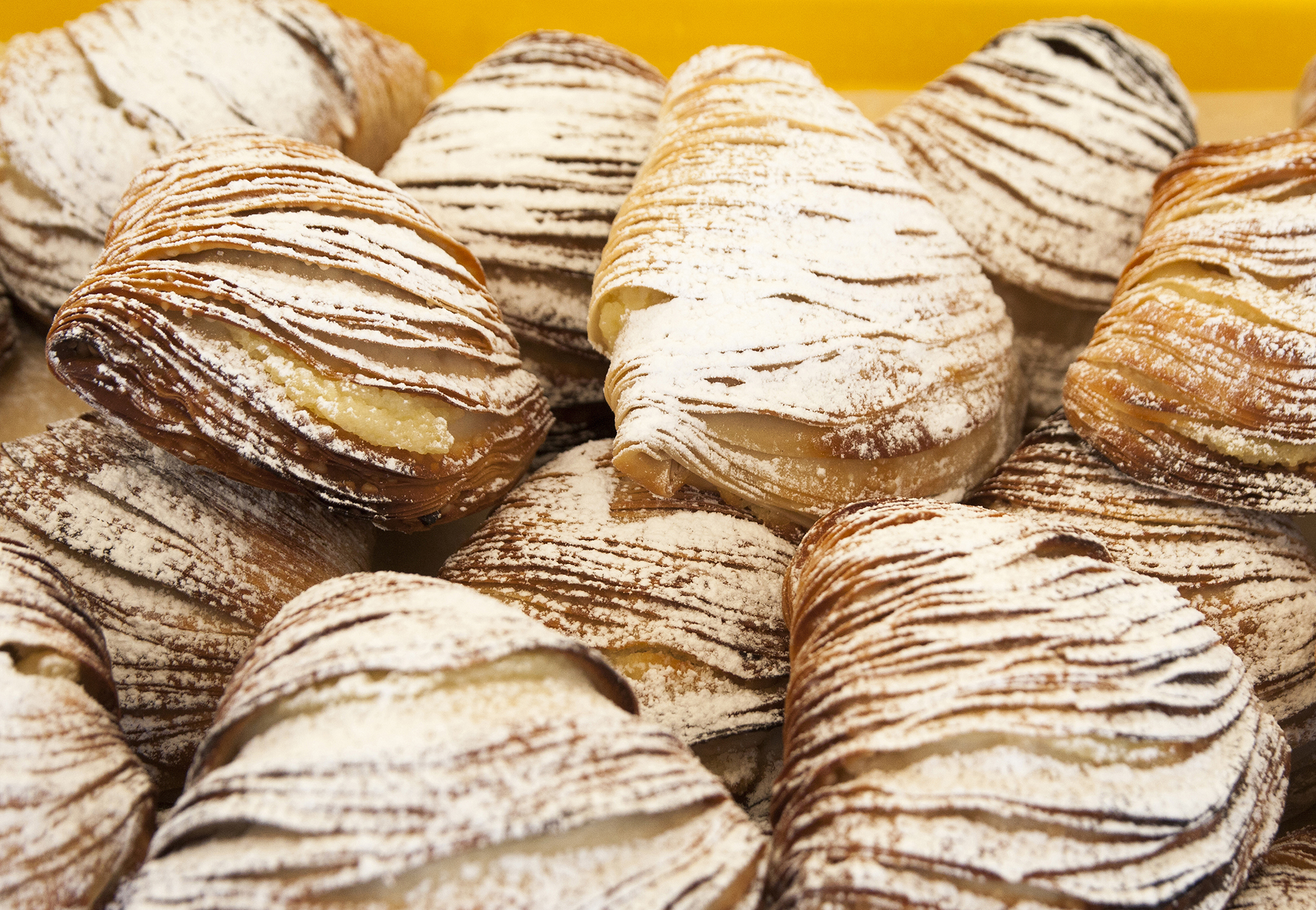
genoapixel/Shutterstock
And to drink
Limoncello is popular in Sicily but it was actually invented around Naples. You might instead round off dinner with a shot of yellow liqueur called fichi d’India. It’s made from prickly pears and worth seeking out.
There is one Sicilian drink that reigns above them all. Marsala wine hails from western Sicily. It’s also gorgeous to cook with. Try it with pork, mushrooms or in a classic panettone.
 Yulia Grigoryeva/Shutterstock
Yulia Grigoryeva/Shutterstock
A taste of Sicily at home
Grilling or roasting aubergines is the perfect way to begin your Sicilian culinary adventure. And of course, arancini. Next time you make risotto, double up on the measurements and make your own deep-fried rice balls.
For something sweet, granita is easy to make. Pick your favourite citrus fruits and start playing about with flavour combinations.
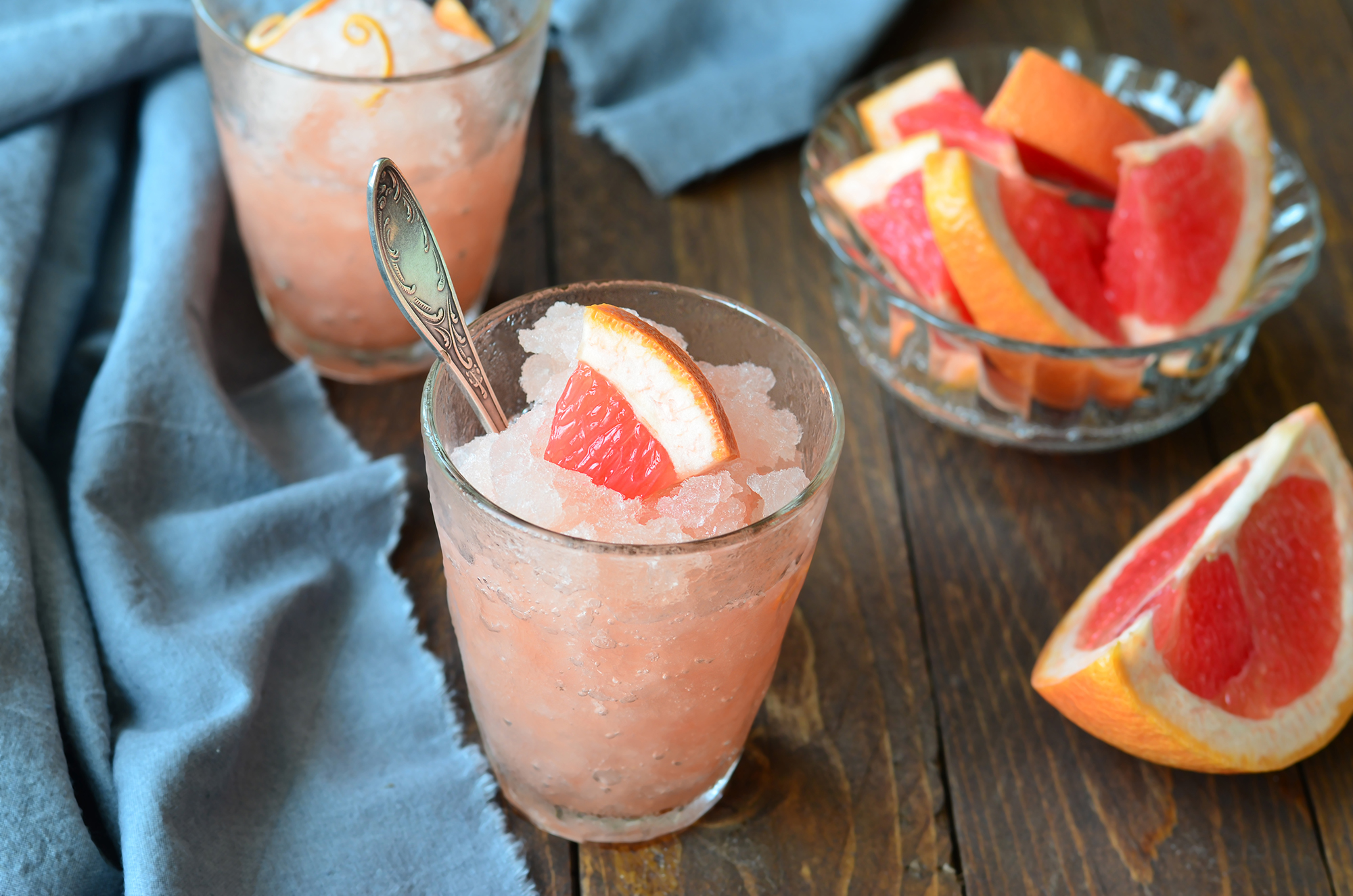
Julie208/Shutterstock
Most Recent
Comments
Be the first to comment
Do you want to comment on this article? You need to be signed in for this feature






